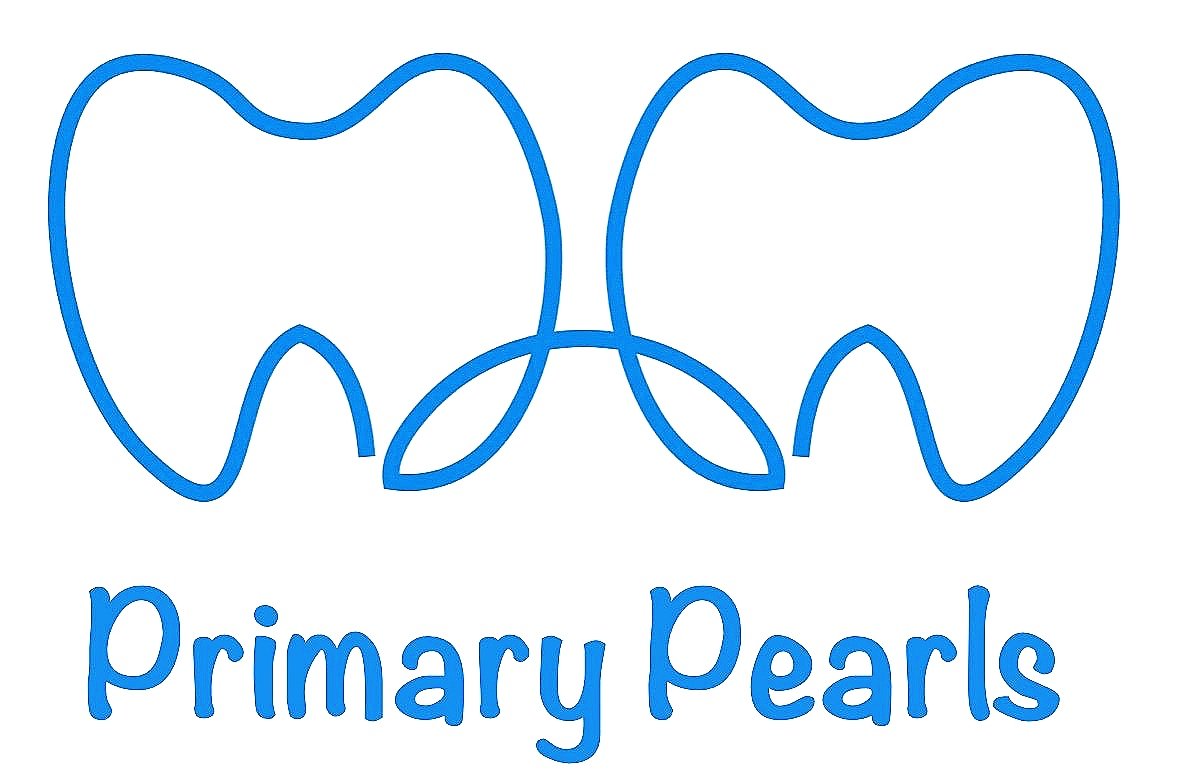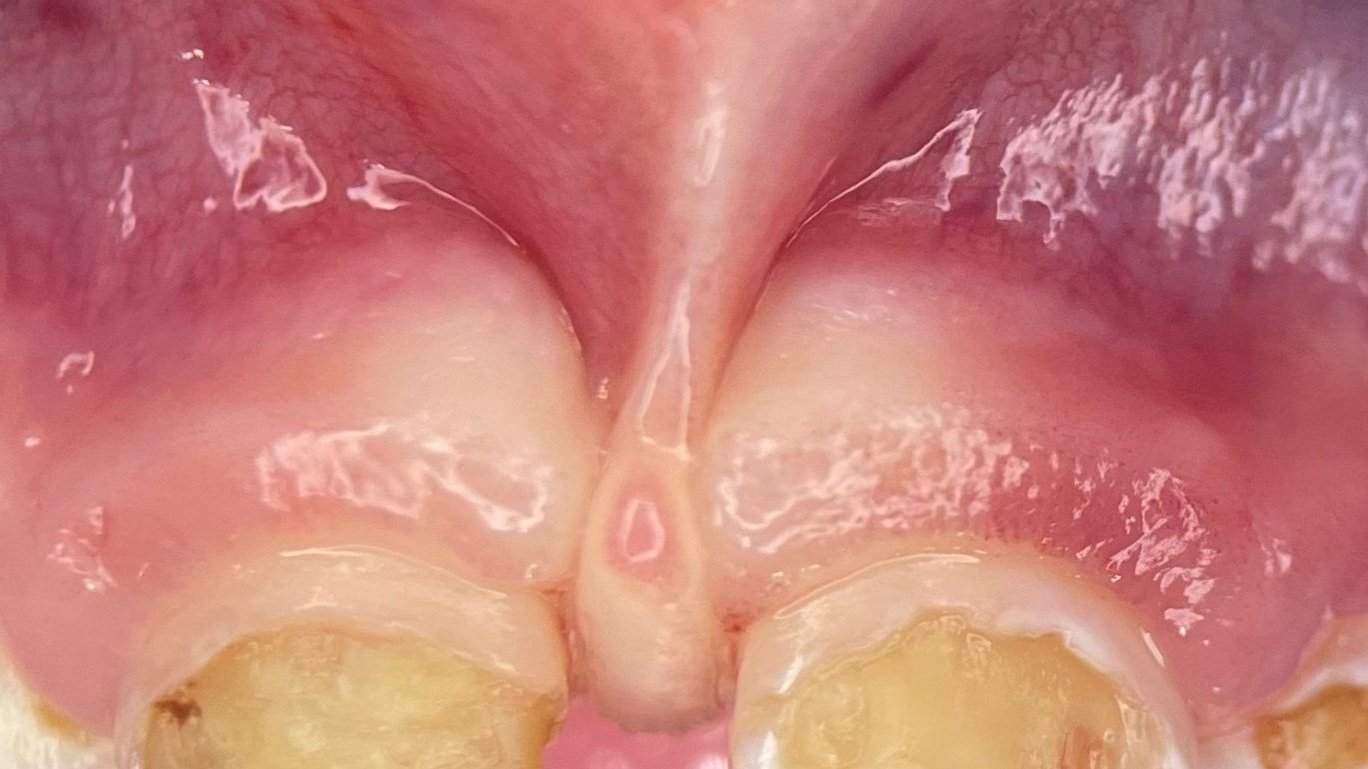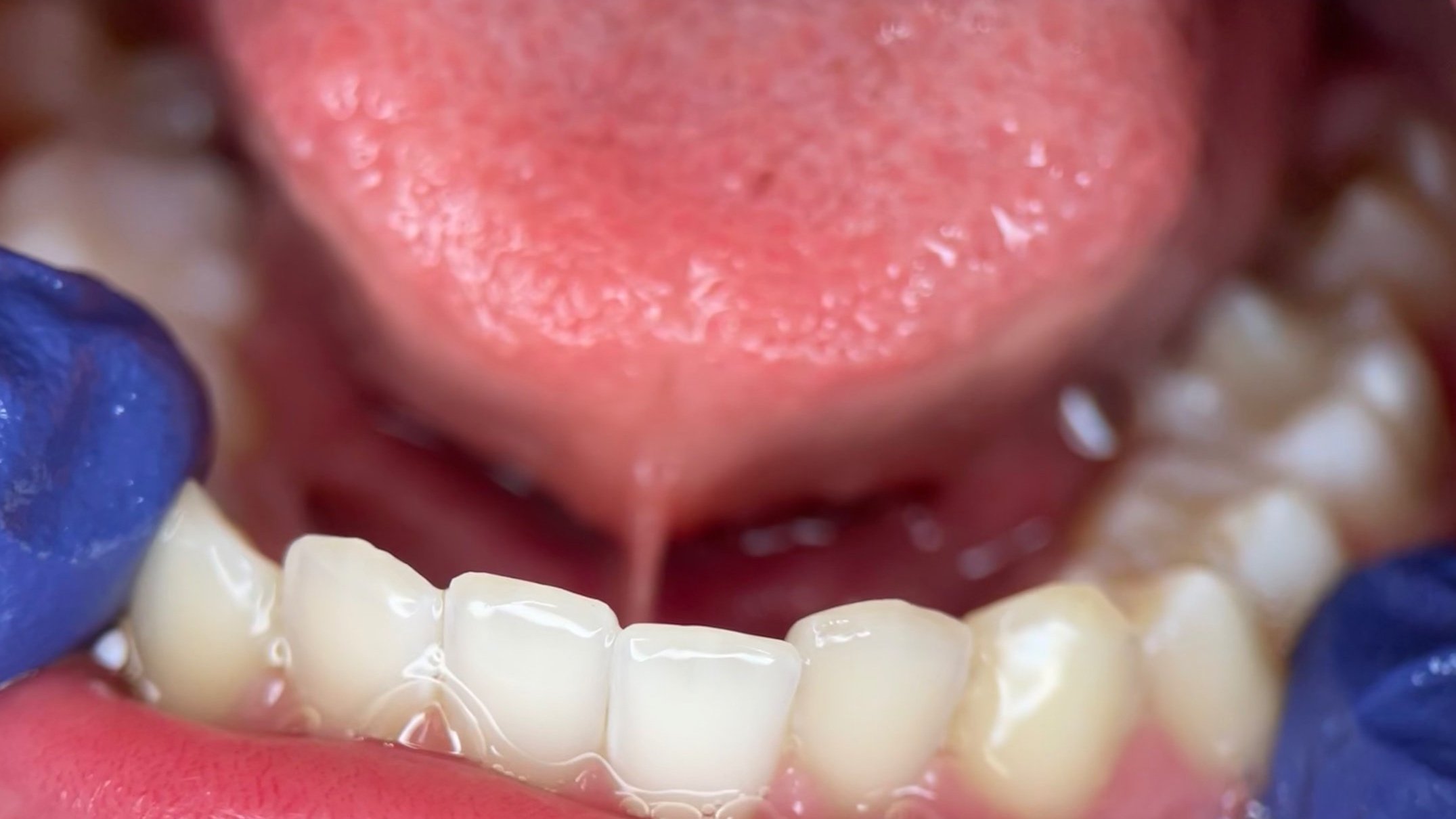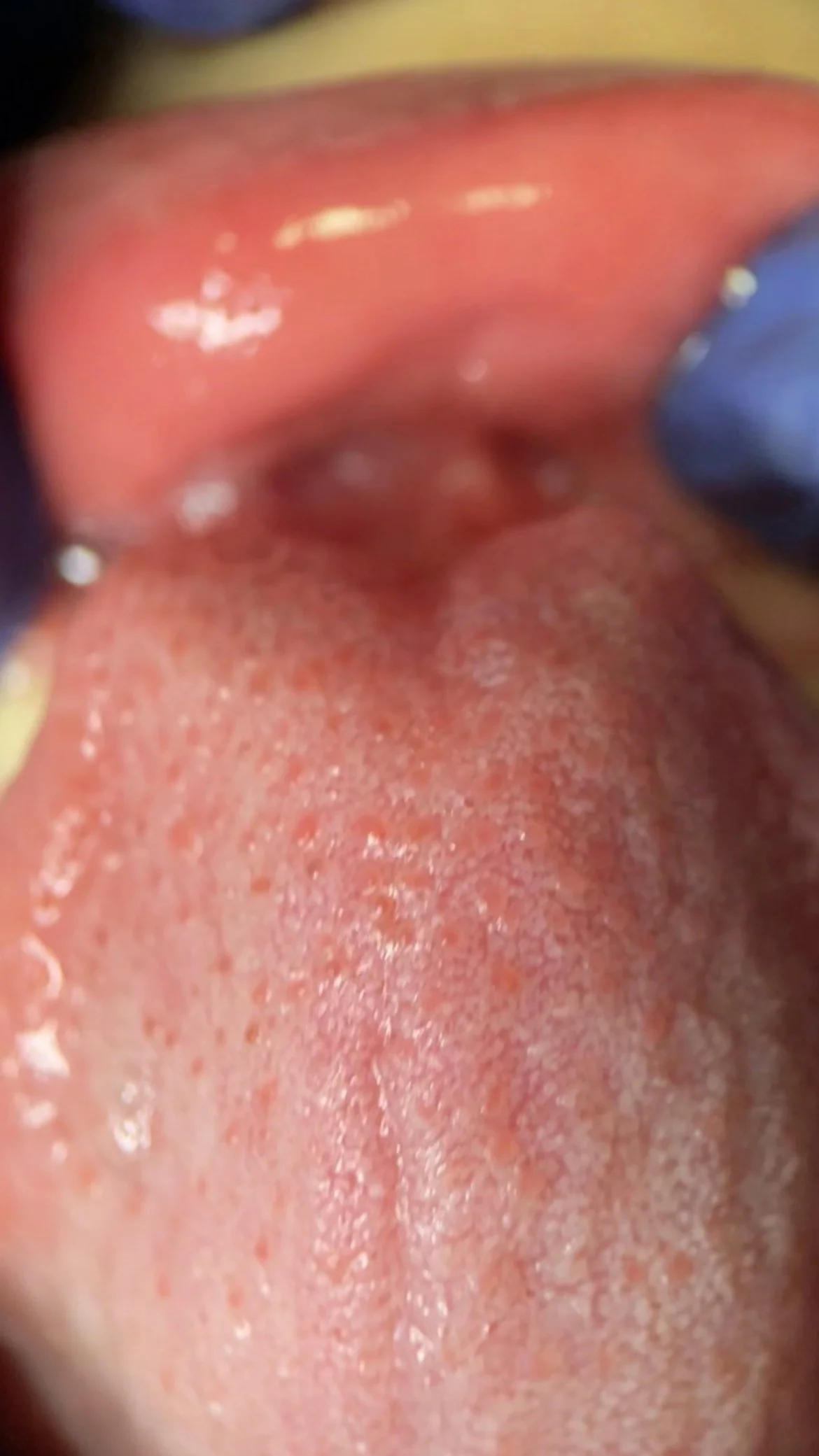Frenums
What are Frenums or Frenula?
Frenums are small pieces of tissue that connect different parts of the mouth together. There are several types of frenums in the mouth:
Lingual frenum: Connects the underside of the tongue to the floor of the mouth.
Labial frenum: Connects the inside of the upper or lower lip to the gum tissue.
Buccal frenum: Connects the inside of the cheek to the gum tissue.
Frenums can be too short, too thick, or too tight, which can cause various oral health problems. A short or tight lingual frenum can restrict the movement of the tongue and cause speech or feeding difficulties, or gum-tissue probems. A thick or tight labial frenum can cause feeding problems, difficulty with oral hygiene, or a gap between the front teeth. In some cases, surgical intervention may be necessary to correct these issues.
What is the surgical intervention?
A frenectomy (or frenotomy) is a surgical procedure that involves the removal or modification of the frenum. This procedure can be completed using a scalpel and sutures, an electrocautery unit, or a laser .
When is a frenectomy indicated?
A frenectomy can be recommended for a variety of reasons. A qualified healthcare provider may recommended the procedure if your child has:
Ankyloglossia (tongue-tie): This is a condition in which the lingual frenum is abnormally short, thick, or tight, which can restrict the movement of the tongue and interfere with speech, breathing, eating, and oral hygiene.
Difficulty breastfeeding: In infants, an abnormally short or tight lingual or labial frenum can interfere with the ability to latch onto the breast and nurse effectively.
Orthodontic treatment: In some cases, a thick or tight labial frenum can cause a gap between the front teeth or other orthodontic issues, and may need to be corrected prior to or during orthodontic treatment.
Periodontal problems: A lingual or labial frenum that attaches too close to the gum line can cause gum recession or make it difficult to clean the area, leading to periodontal problems.
Will a frenectomy help my child breastfeed better?
A lingual frenectomy may improve breastfeeding for infants who have difficulty latching or nursing due to a tongue-tie. The frenectomy will allow the tongue to move more freely, which can improve the latch, milk transfer, and limit air intake.
However, not all breastfeeding problems are due to tongue-ties. In these cases, a frenectomy may not be indicated. It's important to consult with a lactation consultant or a qualified healthcare professional to determine if a tongue-tie is contributing to the breastfeeding difficulties.
If a frenectomy is indicated, it should be performed by a qualified dental or medical professional who is experienced in this procedure. After the frenectomy, your infant will likely need continued therapy with a lactation consultant to establish proper breastfeeding techniques.
Will a frenectomy help my child breathe better?
In some cases, a frenectomy may improve breathing. If the lingual frenum is too short or tight, it can restrict the movement of the tongue and impact airway function. With infants, a short lingual frenum can cause increased work of breath, espescially during sleep or feeding. In children and adults, a restricted frenum can contribute to snoring or obstructive sleep apnea.
That said, not all airway problems are related to the lingual frenum, and a frenectomy may not be effective. If you are concerned about your child's airway, it's important to speak with a healthcare professional to evaluate your child for recommendations and options.
Is a frenectomy painful?
Depending on the presentation of the frenum, local anesthesia (numbing medication) may be given to reduce any discomfort during the procedure. If your child is very young and having difficulty feeding, local anesthetic may not be given to avoid any additional feeding problems. Your healthcare provider may recommend sugar water during the procedure for infants.
What’s the recovery period after a frenectomy?
It depends on the individual case and the extent of the surgery. These are some general recommended guidelines:
Discomfort: After the surgery, some discomfort and swelling is anticipated. Over-the-counter pain medication may be recommended to manage these symptoms.
Bleeding: Some bleeding or oozing is normal after a frenectomy, but it should stop within a few hours. There may be no bleeding if a laser was used. If bleeding persists, contact your dentist or surgeon. If sutures were placed, they should resorb in 7-14 days.
Feeding: If your child was having difficulty feeding prior to the procedure, there may be increased difficulty for the first few days as they get used to the new tongue mobility. Some increased fussiness is expected.
Diet: Eat a soft or liquid diet for a few days after the procedure to avoid irritating the surgical site.
Oral hygiene: Good oral hygiene is important to prevent infection and improve healing. If able, your healthcare provider may recommended a mouth rinse.
Exercises: Some providers recommended oral exercises and stretches to prevent relapse of the surgical site and minimize contraction of the wound. Your healthcare provider will make an individualized recommendation.
Follow-up appointments: Keep any follow-up appointments to ensure proper would healing and remove any sutures.
It's important to follow any post-operative instructions given by your dentist or surgeon to ensure proper healing and avoid complications. If you have any concerns or questions about your recovery after a frenectomy, don't hesitate to contact your dental or medical professional.




